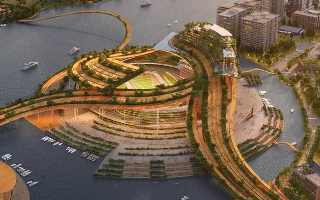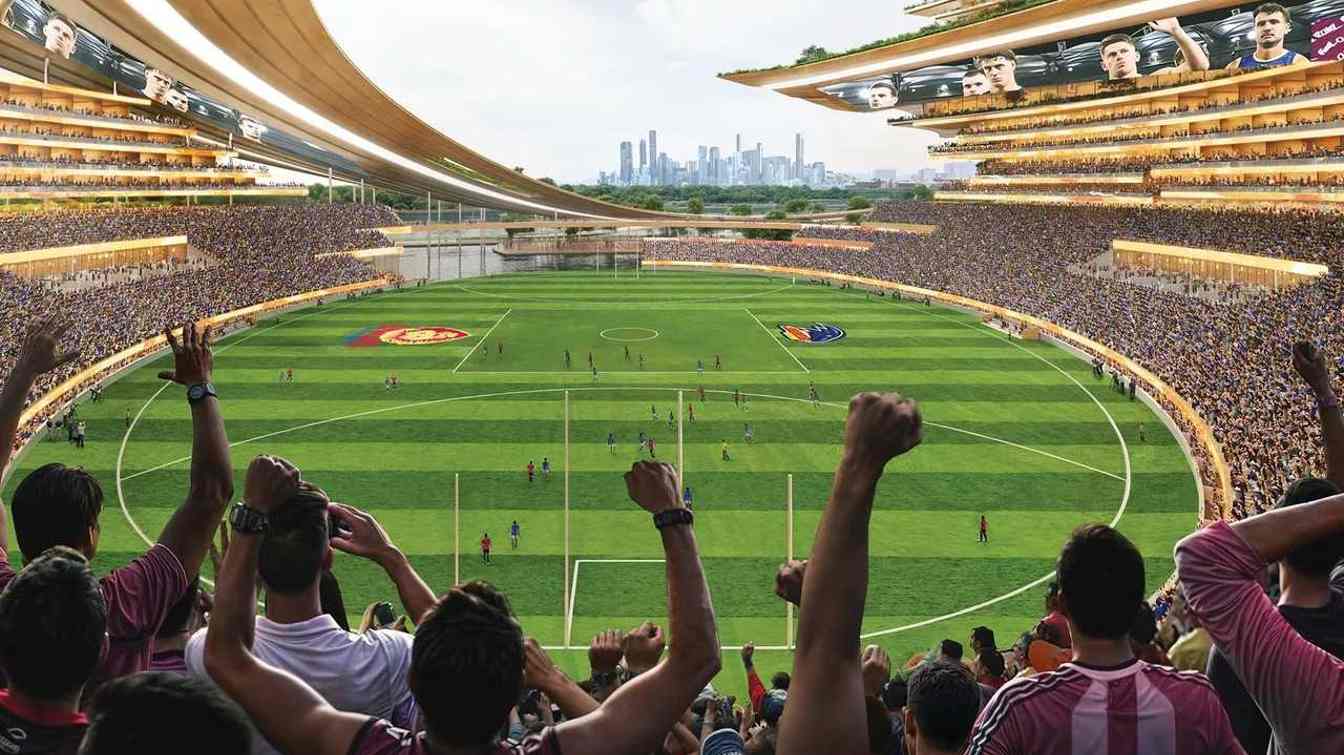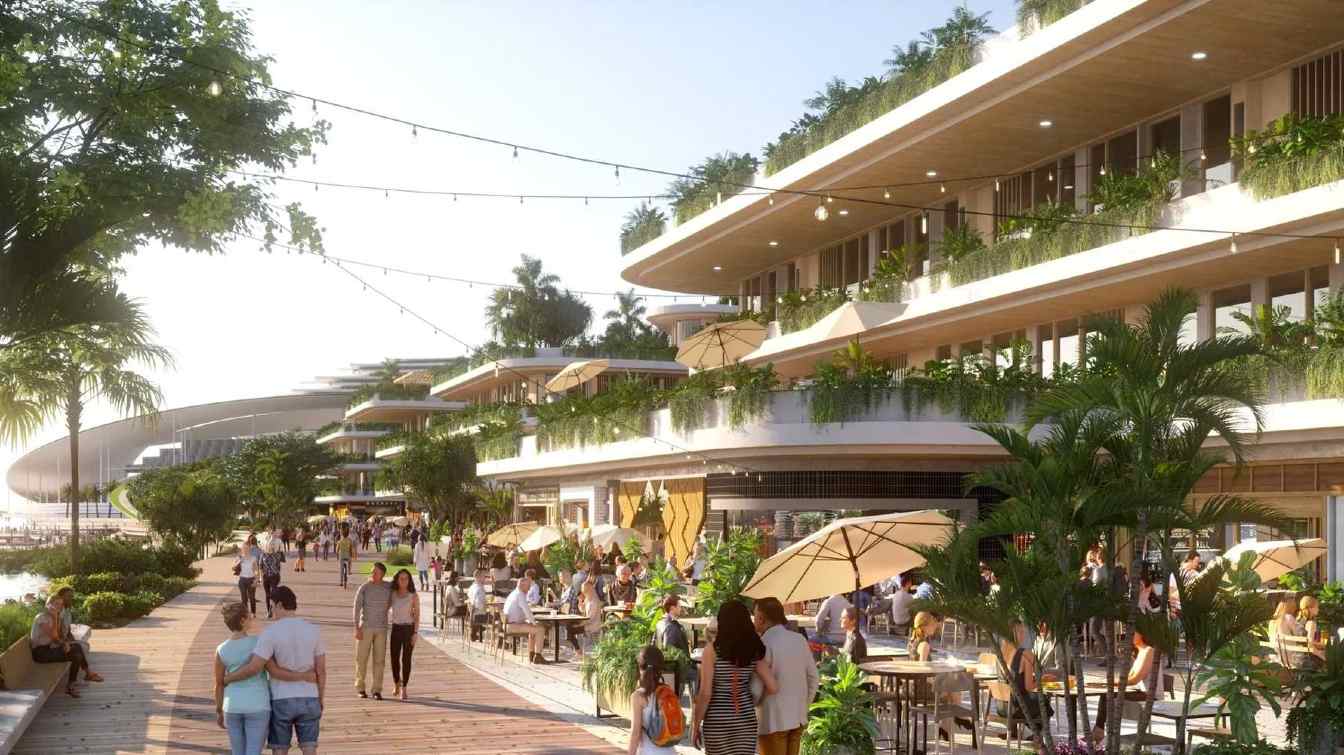Australia: Privately funded Olympic complex for 2032 Games?
source: StadiumDB.com; author: Jakub Ducki
 Brisbane, as host of the 2032 Olympic Games, faces a huge challenge. The city, grappling with time pressures and the need to meet high expectations, is on the threshold of transformation. Preparations for the construction of the Olympic complex have begun.
Brisbane, as host of the 2032 Olympic Games, faces a huge challenge. The city, grappling with time pressures and the need to meet high expectations, is on the threshold of transformation. Preparations for the construction of the Olympic complex have begun.
Advertisement
Private money to rescue Olympic image
The Olympic Games are not only a great celebration of sport, but also a massive logistical and organisational challenge. Brisbane, aware of the responsibility involved in hosting the event, decided to entrust the fate of Olympic success to private investors.
Thanks to the Brisbane Design Alliance, which includes renowned architectural firms such as Australia's Buchan, Japan's Nikken Sekkei, America's HKS and the NRA Collaborative and Aurecon, a plan has been developed to build a complex that is not only functional, but also aesthetically harmonious and environmentally friendly.
A key aspect of the project is its financing. Unlike other Olympic venues, which often put a strain on public budgets, the Brisbane complex will be fully privately funded. This means residents will not have to worry about tax increases or cuts in other sectors. Private developers, landowners and government partners have pledged to work together to deliver this ambitious plan. The entire investment will amount to about A$6 billion.
Complex at Hamilton Northshore
The centrepiece of the project is a 60,000-seat stadium to be built on the banks of the Brisbane River. Designed with longevity in mind, it is set to become an architectural icon and an example of the modern use of wood, which is the guiding material of the entire project. Wood, the architects point out, is ideally suited to Brisbane's sub-tropical climate and is an element that combines tradition with modernity.
The stadium, however, is only part of a larger plan. The Olympic complex in Hamilton Northshore is intended to be a vibrant place not only during the Games, but also afterwards. The athletes' village, which will accommodate 2,500 flats, will be transformed into a modern residential district after the Games, with an additional 12,000 dwellings to be built over the next few years.
The district will be enhanced with shopping and restaurant centres, as well as a high-performance sports medicine centre. The project will also include the construction of promenades to allow free access to the river and the creation of green public spaces to encourage recreation and integration of residents.
Challenges and future of project
Despite the enthusiasm generated by the project, there is also no shortage of challenges. A key task is to ensure that adequate transport infrastructure is in place to enable smooth communication with the newly created neighbourhood. The state government, despite initial scepticism, will need to consider financial support for infrastructure projects in order for the complex to operate as intended.
HKS Australia director Andrew Colling stresses that time is of the essence. In order to make it in time for the Games, construction must start by 2026 at the latest. Otherwise, Brisbane risks not being able to prepare in time, which could have disastrous image consequences.
The stadium would allow spectators to see the skyline of the city of Brisbane while watching events and, if required, would become home to the Brisbane Lions and Cricket Queensland. We have 12-18 months to consolidate the land requirements, if we can get that sorted, construction will go full steam ahead
Mr Colling said, adding that the project would need to be shovel-ready by early 2026 to meet the Olympic deadlines. The state should seriously consider this.
Advertisement

 StadiumDB
StadiumDB

